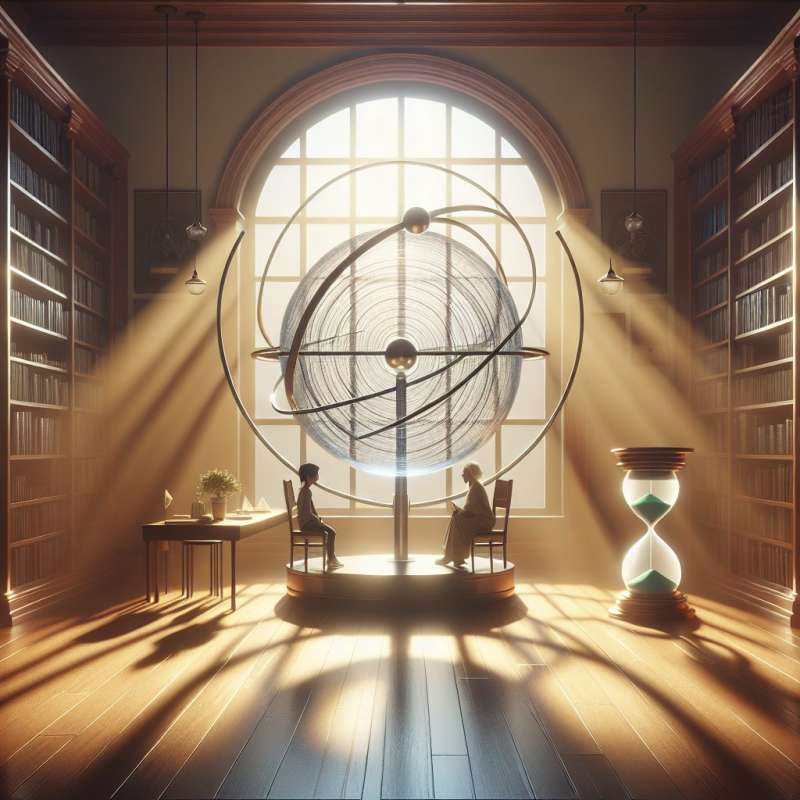
Relativity: Time and Space
Einstein's theory of relativity revolutionized our understanding of time and space, postulating that they are interwoven into a single continuum known as spacetime, bending around massive objects.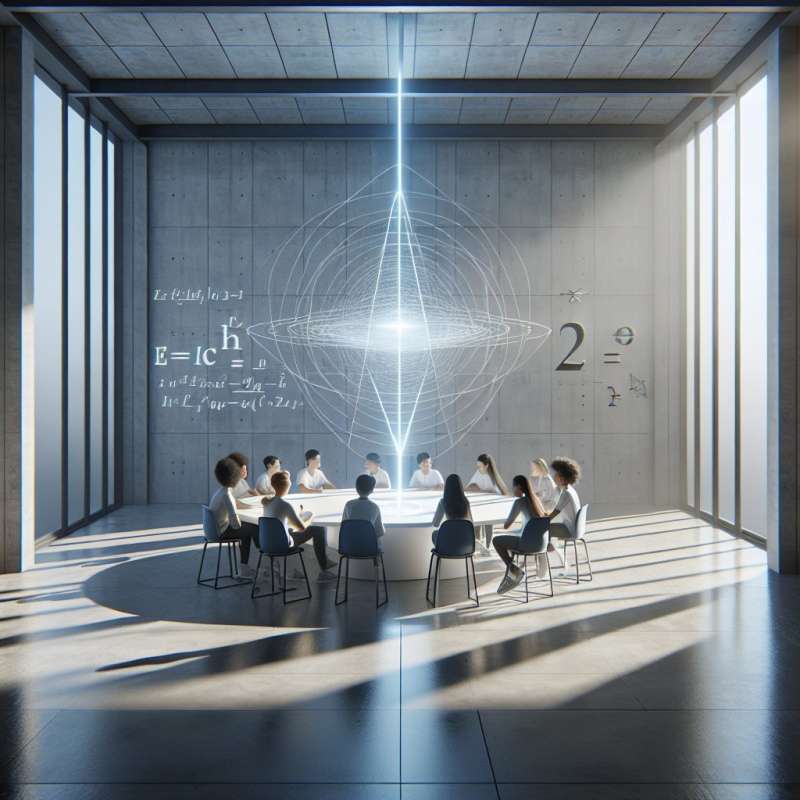
Special Relativity Basics
Special relativity, introduced in 1905, asserts that the laws of physics are the same for all non-accelerating observers and that the speed of light is constant, regardless of the observer's velocity.
Time Dilation Explained
Time dilation is a consequence of special relativity. It states that time moves slower for an object in motion compared to a stationary observer, a fact confirmed by precise atomic clocks in jets.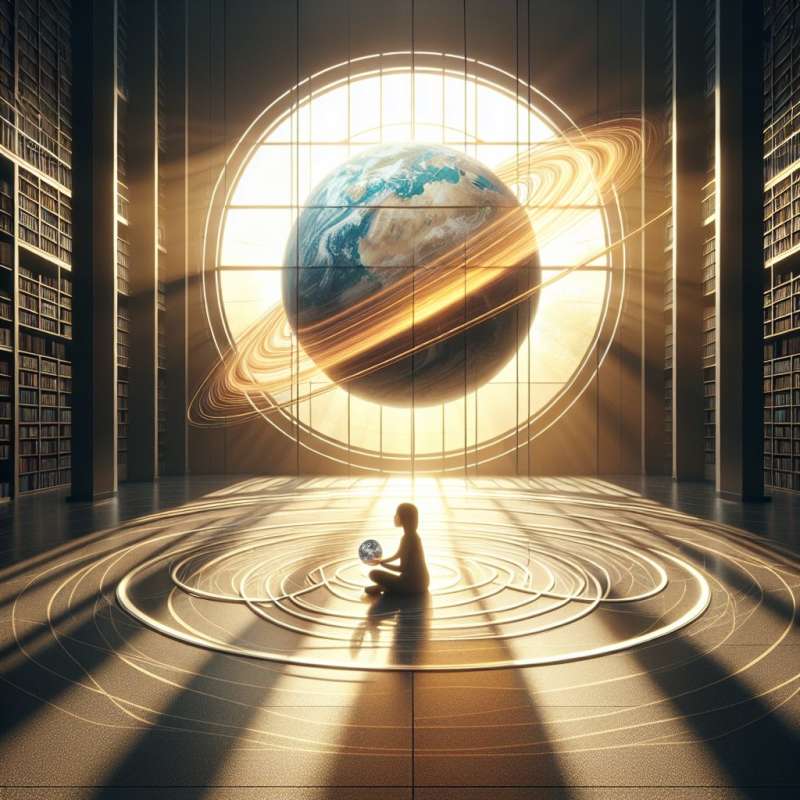
General Relativity's Gravity
General relativity, presented in 1915, describes gravity not as a force but as the curvature of spacetime caused by mass and energy, leading to the prediction of black holes and gravitational waves.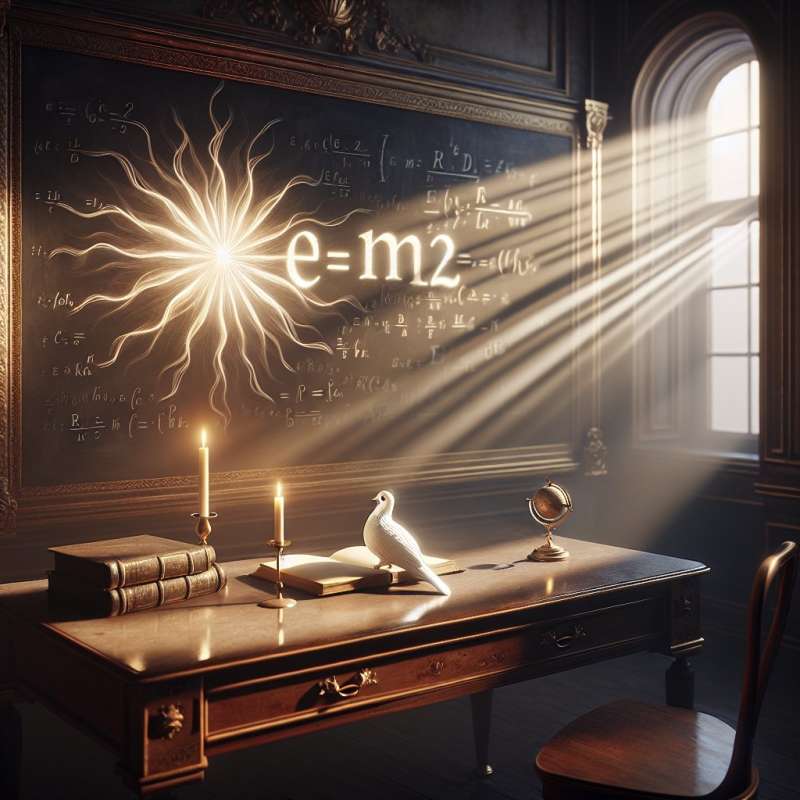
E=mc²: Mass-Energy Equivalence
Einstein's famous equation E=mc² emerges from special relativity, indicating that energy and mass are interchangeable. This principle underpins the tremendous energy release in nuclear reactions and the sun's core.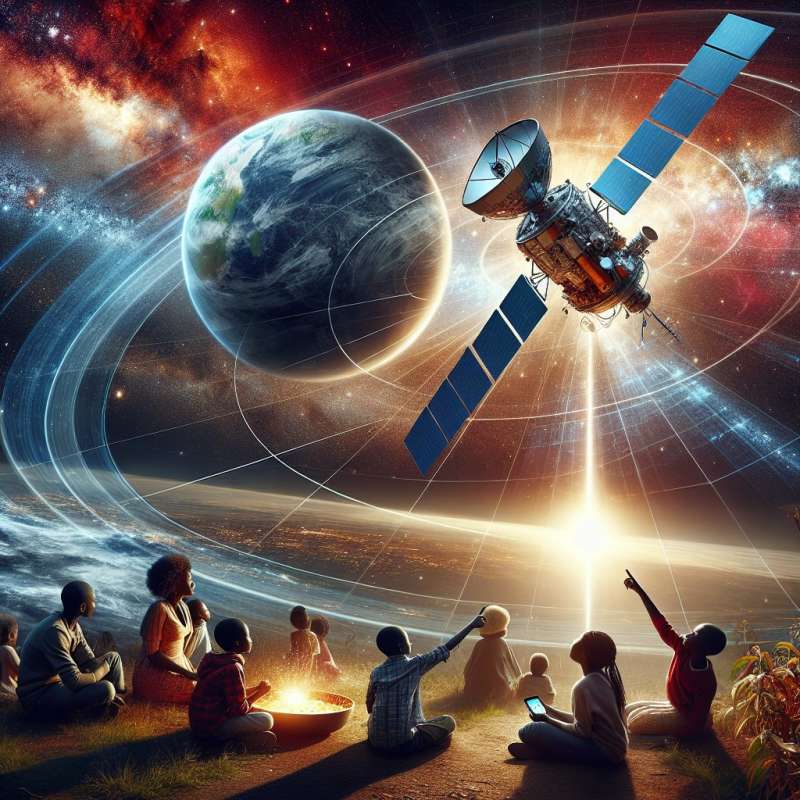
GPS and Relativity
Global Positioning System (GPS) satellites must account for both special and general relativity in their timing calculations, or they would accumulate errors of about 10 kilometers per day.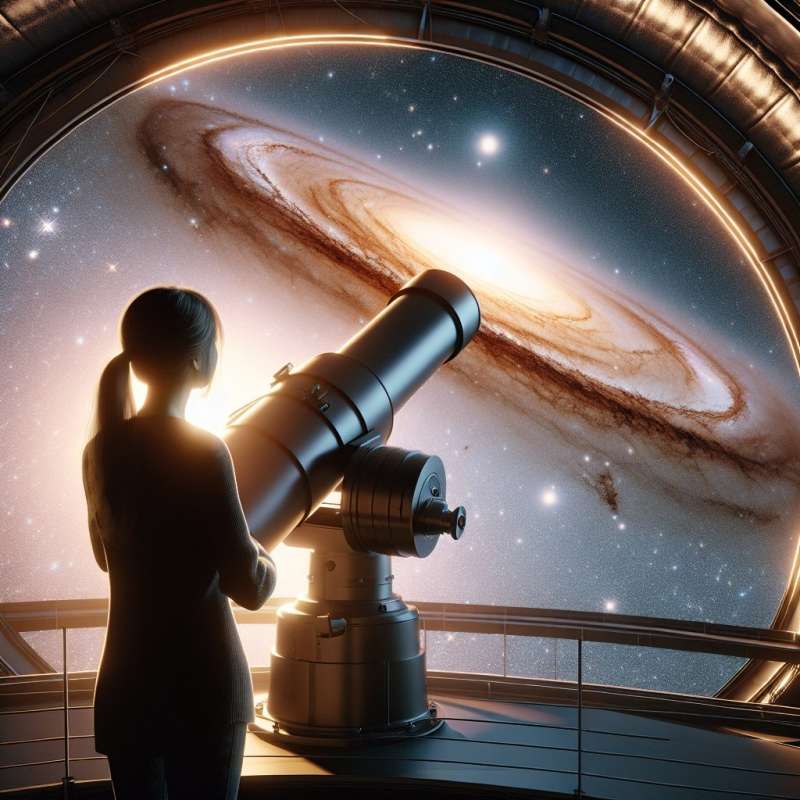
Gravitational Lensing Phenomenon
General relativity predicts that light bends around massive objects, an effect called gravitational lensing. This phenomenon allows astronomers to detect dark matter and study distant galaxies.
What forms spacetime continuum?
Time and Space interwoven
Gravity and Time combined
Energy and mass interaction
Company